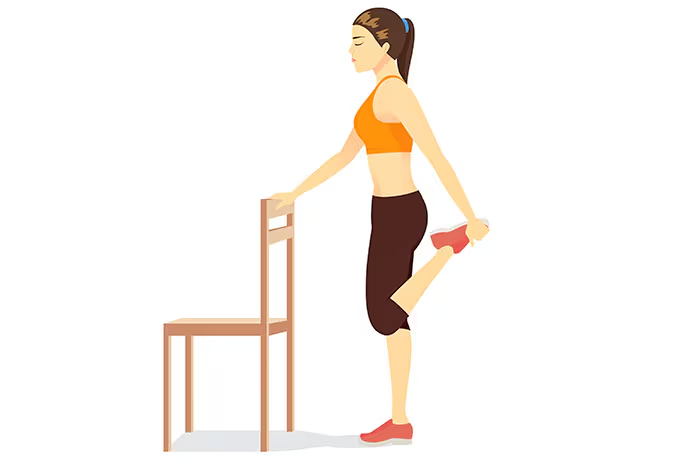Exercise is widely recognized as a cornerstone of good heart health, but for many people, the thought of hitting the gym or going for a run can feel overwhelming—especially if they already have a heart condition. The good news is that you don’t need to engage in vigorous, dynamic workouts to reap heart benefits. In fact, you can improve your heart health simply by holding still and pushing your muscles to work hard.
This type of exercise, known as isometric training, is gaining popularity due to its ability to reduce blood pressure and hypertension, as well as improve muscle strength and stability.
What is Isometric Training?
Unlike traditional exercises like squats or bicep curls, which involve changing the length of muscles as they contract and relax, isometric training focuses on contracting your muscles without movement. In this form of exercise, your muscles generate force while staying in a fixed position—such as holding a plank or doing a wall sit. The harder you contract the muscles, the more force you generate. This contraction engages muscle fibers and helps build strength, even without dynamic motion.
Isometric exercises are powerful due to their effect on neural recruitment, a process where specialized neurons in the brain and spinal cord are activated to maintain muscle contraction. This increased activation recruits more muscle fibers, which ultimately leads to greater force production and muscle strength. Isometric exercises have long been favored by strength athletes, but they’re proving to be incredibly beneficial for other aspects of health as well, particularly cardiovascular health.
The Heart-Healthy Benefits of Isometric Training
So, why are isometric exercises so good for your heart? The answer lies in how they impact blood pressure and blood flow.
When a muscle is contracted during an isometric exercise, it compresses the blood vessels supplying that muscle. This reduces blood flow and raises blood pressure—a response known as the pressor reflex. After you release the contraction, there is a sudden surge of blood into the muscles, bringing oxygen and nitric oxide into the blood vessels. This causes the vessels to widen, reducing blood pressure. Over time, repeated isometric exercises help reduce the stiffness of arteries, leading to lower blood pressure overall.
Another key benefit of isometric exercises is their ability to influence the sympathetic nervous system, which regulates the body’s “fight or flight” responses. When blood flow is reduced during muscle contractions, it triggers the release of metabolites such as hydrogen ions and lactate. These stimulate the sympathetic nervous system, leading to an increase in blood pressure. However, when performed regularly over several weeks, isometric exercises reduce sympathetic nervous system activity, resulting in lower blood pressure and less strain on the heart.
Isometric Exercise vs. Other Forms of Exercise
Research suggests that isometric exercises may be even more beneficial for heart health than traditional cardiovascular exercises. A study comparing isometric exercise to high-intensity interval training found that isometric exercises led to significantly greater reductions in resting blood pressure over a period of 2 to 12 weeks.
How to Get Started with Isometric Exercise
For those looking to reduce blood pressure through isometric training, experts recommend performing any isometric contraction for around 2 minutes, at 30-50% of your maximum effort. This duration and intensity are enough to trigger physiological changes and improve heart health.
Start by doing this 3-5 times per week, with 4 sessions per day. You can begin with basic exercises like static squats, wall sits, or planks. Even these short bouts of exercise can elevate your heart rate, breathing, and arterial pressure—similar to what you would experience during more conventional cardiovascular exercises like cycling or running.
Over the course of 4-10 weeks, individuals may begin to notice improvements in blood pressure and overall cardiovascular health, though results vary depending on one’s starting health and fitness level.
The Bottom Line
Isometric training offers a simple, low-intensity approach to improving cardiovascular health. By engaging in these exercises, you can lower blood pressure, reduce strain on the heart, and increase muscle strength—all while investing less time than more conventional workouts. Whether you’re looking to reduce hypertension or simply want an accessible way to improve your heart health, isometric exercises might be the answer.












